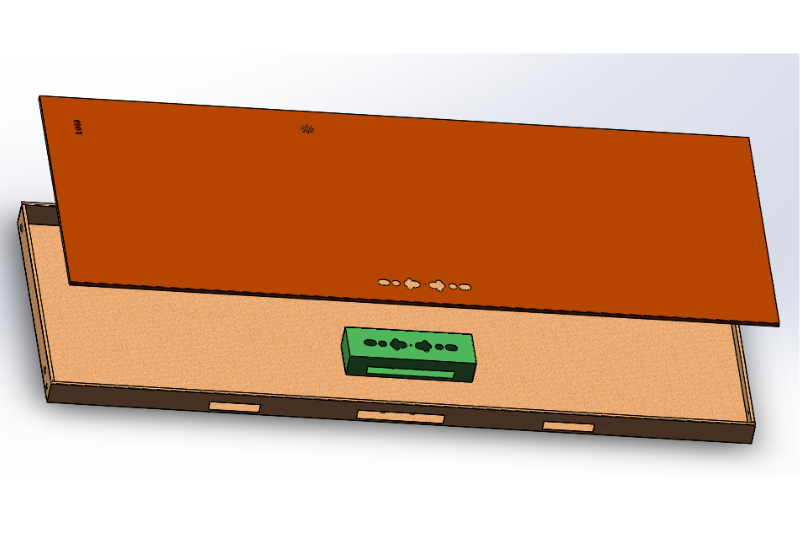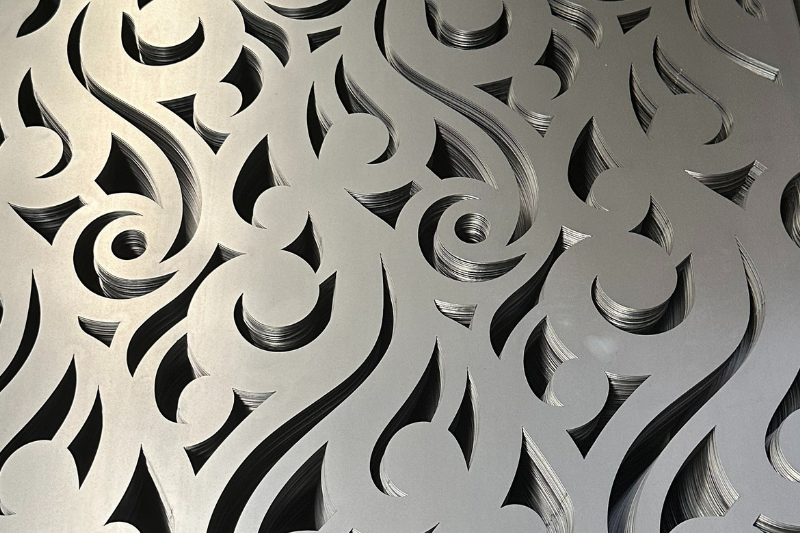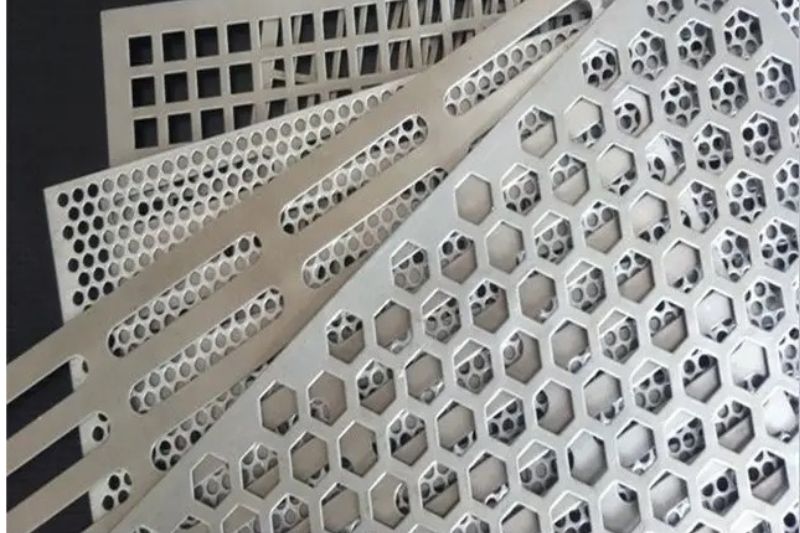What is a Steel Door Skin?
A steel door skin refers to the outer metal layer that covers the core of a steel door. This protective surface is engineered for strength, aesthetics, and longevity, providing both structural integrity and visual appeal. Typically made from galvanized or cold-rolled steel, door skins are commonly used in residential, commercial, and industrial applications, offering superior resistance to environmental factors, impacts, and intrusions.
Types of Steel Used in Door Skins
Understanding the types of steel used in door skins is essential for selecting the right product for your application:
-
Cold-Rolled Steel: Offers a smooth finish and superior formability, ideal for interior applications.
-
Galvanized Steel: Coated with zinc to prevent corrosion, making it perfect for exterior doors exposed to moisture.
-
Zinc Alloy Steel: High-end option with corrosion resistance and modern aesthetics, suitable for hospitals, laboratories, and coastal buildings.
Each steel type comes in different gauges, with thicker gauges (lower numbers) indicating stronger, more impact-resistant skins.
Applications of Steel Door Skins
Steel door skins are used across numerous sectors due to their versatility and performance:
-
Residential Homes: Entry doors, garage access doors, and storm doors
-
Commercial Buildings: Office entryways, internal corridor doors, utility rooms
-
Industrial Facilities: Warehouses, factories, and secure entry points
-
Healthcare: Hospital rooms, labs, and isolation units
-
Educational Institutions: Classrooms, hallways, and security doors
Manufacturing Process of Steel Door Skins
The production of steel door skins involves precision engineering to ensure consistency and performance:
-
Steel Selection and Preparation: High-grade steel sheets are selected and cleaned.
-
Rolling and Cutting: The sheets are cold-rolled to desired thickness and cut to exact dimensions.
-
Embossing and Forming: Decorative or functional designs are embossed using high-pressure molds.
-
Finishing: Skins are painted, primed, or powder-coated, depending on the application.
Each step ensures that the steel door skin not only performs well but also meets aesthetic and compliance standards.
Customization Options for Steel Door Skins
To meet varied architectural and security requirements, steel door skins can be extensively customized:
-
Embossed Patterns: From six-panel designs to flush smooth finishes
-
Color Coatings: Choose from RAL color standards or custom-matched hues
-
Laminates and Films: Add a woodgrain look, metallic finish, or decorative textures
-
Perforations and Vision Panels: For enhanced ventilation or visibility
-
Hardware Preparation: Pre-cut holes for locks, hinges, panic bars, etc.
These options make steel door skins suitable for every environment, from luxury condos to military bases.
Maintenance Tips for Steel Door Skins
Ensuring the longevity of your steel door skin requires basic but consistent maintenance:
-
Regular Cleaning: Wipe with mild detergent and a non-abrasive cloth
-
Avoid Harsh Chemicals: Prevent surface corrosion and coating damage
-
Inspect Annually: Look for signs of rust, dents, or peeling paint
-
Touch-Up Paint: Use manufacturer-approved paint to cover minor scratches
-
Lubricate Hardware: Ensure smooth operation of hinges and locks
Following these steps helps maintain both the appearance and performance of steel door skins over time.
Steel Door Skin vs. Traditional Wood Doors
| Feature | Steel Door Skin | Traditional Wood Door |
|---|---|---|
| Durability | Highly impact-resistant | Prone to warping and cracking |
| Security | Superior intrusion defense | Moderate protection |
| Maintenance | Low upkeep | Requires frequent sealing |
| Fire Resistance | Excellent | Poor without treatment |
| Aesthetic Options | Customizable textures | Natural finish only |
| Cost Efficiency | Long-term savings | Higher lifetime cost |
Steel door skins outperform wood in most aspects, offering higher ROI and reduced maintenance.
Sustainability and Environmental Impact
Steel is a highly recyclable material, and many manufacturers use up to 70% recycled content in their door skins. The long life span and low maintenance requirements also contribute to a reduced carbon footprint, making steel door skins a sustainable choice for green building initiatives.
Additionally, many steel door skins contribute to LEED certifications due to their energy efficiency, material reuse, and recyclability.
How to Choose the Right Steel Door Skin
When selecting the ideal steel door skin for your project, consider the following factors:
-
Location: Interior or exterior?
-
Environment: Exposure to moisture or chemicals?
-
Security Level: Residential or high-security facility?
-
Design Requirements: Embossed panels or flat finish?
Consult with a professional supplier or architectural hardware expert to ensure the product aligns with building codes and aesthetic goals.
Conclusion
A steel door skin is not just a protective layer—it is a vital component of modern architectural design, offering superior strength, aesthetic flexibility, fire resistance, and sustainability. Whether used in a residential, commercial, or industrial context, choosing the right steel door skin enhances both performance and appearance, ensuring longevity and value.





